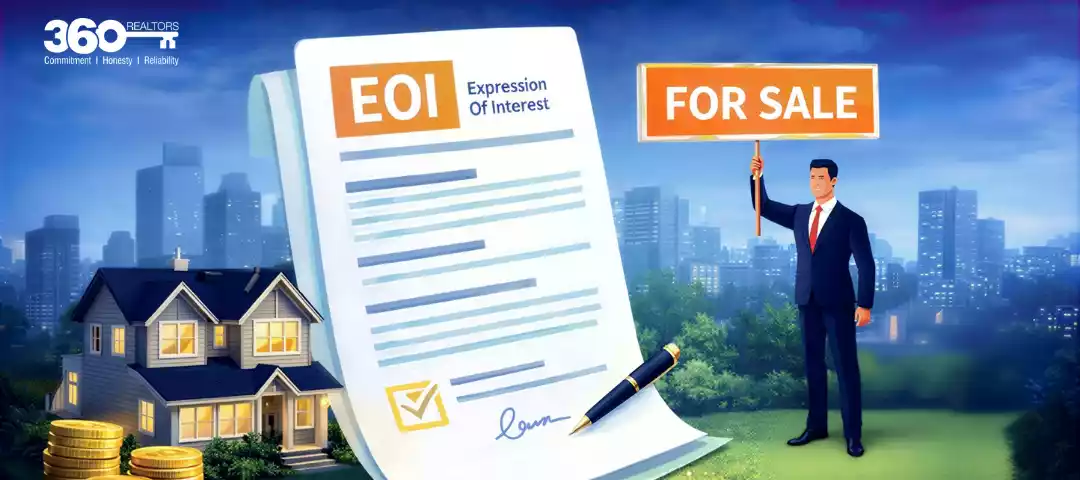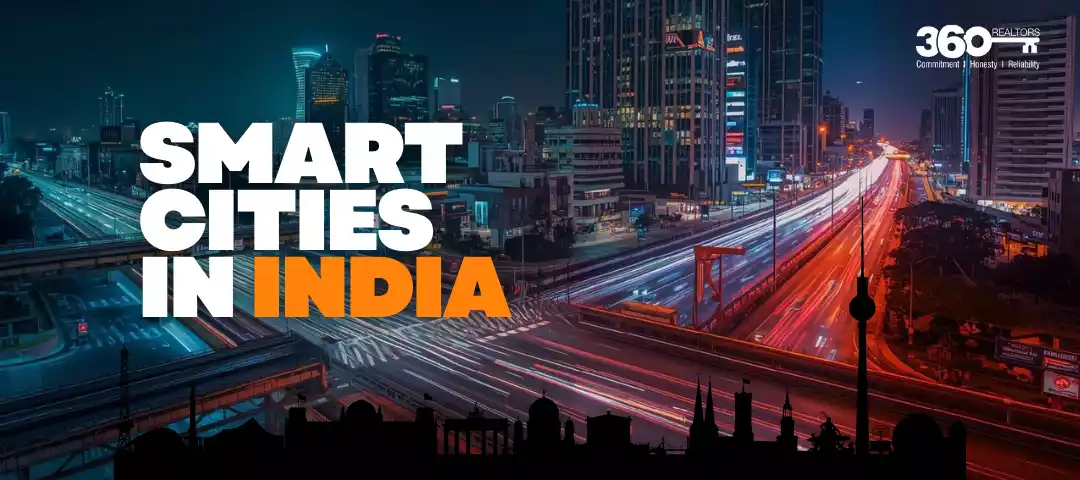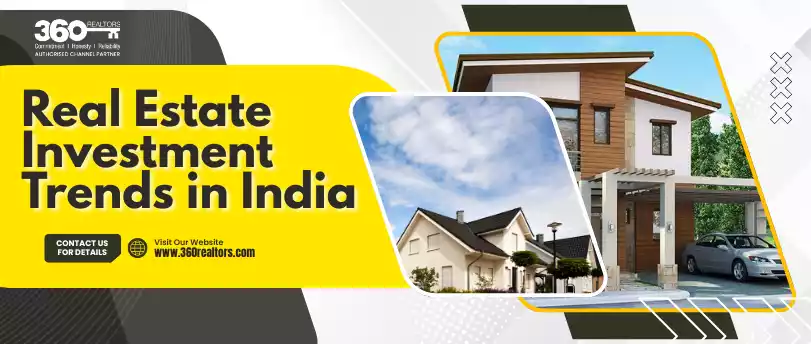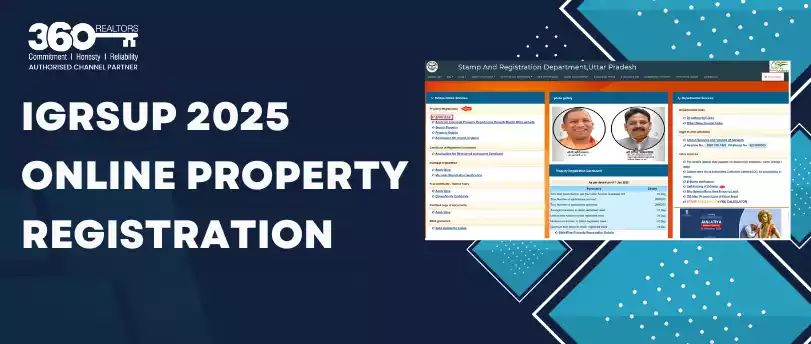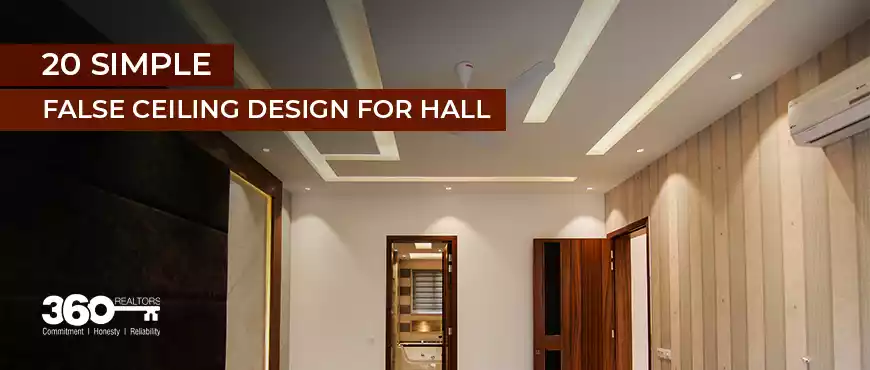The real estate industry of India contributes approx 6% to the country’s GDP and is the second largest contributor to India's employment sector. The real estate industry with its probable linkages can generate huge employment opportunities and can thus give a jump to the country’s economy.
As per the demographic scenario of the country it is anticipated that over the next few years India would be on the verge of large scale urbanization with more and more population being added to the urban areas. In such a situation, housing would play a major role in adjusting this huge growth of people in the country. The central government has acknowledged this need of housing for all and has launched a massive campaign as an endeavor to provide affordable housing to all by the year 2022. This scheme will be implemented and executed in three sustainable phases which will cover the entire country.
In order to achieve success in the mission of “affordable housing for all by 2022”, it is estimated that the country would require 11 crore housing units pan India.
Announced in June 2015, Pradhan Mantri Awas Yojana (Urban), is a vision of our Respected Prime Minister Sh Narendra Modi to provide low cost economical housing to all the urban poor. Under this initiative all the amenities shall be provided at one place and the houses shall be allotted in the names of females or in joint names with the males. The main focus is on females of the nation irrespective of their religion and caste. The term urban poor comprises of the poor, low Income Groups as well as the economically weaker sections of society residing in the urban areas. Also schedule tribes and schedule castes are covered under this term. Under this scheme it is projected to construct 2 crore houses across the length and breadth of the country, by the year 2022 with the financial help provided from the central government. This yojna is expected to generate a lot of economic activity and would be advantageous for the people who cannot afford a house for themselves.
The time frame of the mission is 7 years 2015-2022, the year of conclusion.
The initiative has four main parts - private and public sector tie ups to provide affordable houses, Slum Redevelopment using private land as resource, Beneficiary led house construction and lastly affordable Housing via Credit Linked Subsidy.
The three phases of the mission would be:
Pradhan Mantri Awas Yojna Phase I – this phase would last from April 2015 to March 2017 and the developmental work would be begin and finish in 100 cities across the country during this phase.
Pradhan Mantri Awas Yojna Phase II – this phase would last from April 2017 to March 2019 and 200 more cities would be covered and developed during this tenure.
Pradhan Mantri Awas Yojna Phase III – this is the concluding phase lasting from April 2019 till March 2022 and during this time period all the left over cities shall be touched for development.
The main features of houses provided under this scheme are; loan of maximum 6, 00, 00 rupees at an interest rate of 6.5% for a period of maximum 15 years. Also central government is to provide subsidy of minimum rupees 1,00,000 and maximum rupees 2,50,000. Also the houses constructed under this scheme shall be using environment friendly methods and the first preference while allotting ground floor shall always be given to old or disabled persons. Being a pro-women scheme, female members of the society will always get a preference when applying for the housing scheme.
In April this year, the Central Urban Development Minister Mr. Venkaiah Naidu, under the ‘Pradhan Mantri Awas Yojana’ has declared an extensive list of 2,508 cities from across 26 states in the country, in which low-cost affordable houses shall be allotted to the urban poor.
As per the protocol of the mission, the houses allotted shall be created, designed and constructed in accordance to the structural safety guidelines against natural calamities like landslides, earthquakes, flood, cyclone etc. and should be in confirmation to the National Building Code as well as other appropriate Indian Standard Codes.
To cater to the protocol a sub mission has been set up for simplifying the technology of the states so that they are capable of adopting building plans and layout designs which are suitable for their respective geo-climatic zones. Also the states will be provided technological help and advice so that they can implement disaster resistant and environment friendly technologies.
Mr Naidu, restated that the sole purpose of this mission is to remind the state governments that it is their duty to provide home to the urban homeless.
Further to compliment and add to the hard work of the UT’s and states, a scheme called “Shelter for Urban Homeless” is being started by the Housing and Urban Poverty Alleviation Ministry, as a part of Deendayal Antyodaya Yojana, which is the National Urban Livelihood Mission responsible for giving basic facilities and homes to urban homeless.
Till date, the states and UT’s have authorized total 770 shelters having capacity of 38,770 inmates out of which 270 shelters with a capacity of 11,900 inmates are already working.
The list of cities and states for the beginning of house construction for the urban poor is as follows.
1. Telngana – 34 cities/ towns
2. Chhattisgarh - 75 cities/towns
3. Rajasthan – 40 cities
4. Gujarat - 30 cities/towns
5. Orissa – 42 cities
6. Jammu and Kashmir - 19 cities/towns
7. Madhya Pradesh – 74 cities
8. Kerala – 15 cities
9. Jharkhand - 15 cities/towns
Under this scheme, Andhra Pradesh alone has been given 1.93 lakh houses. The Pradhan Mantri Awas Yoyna will help the economically weaker sections of India and also provide rehabilitation to slum developers. This will bring prolific change in the real estate industry in India as well as propel the country towards economic growth and stability.


